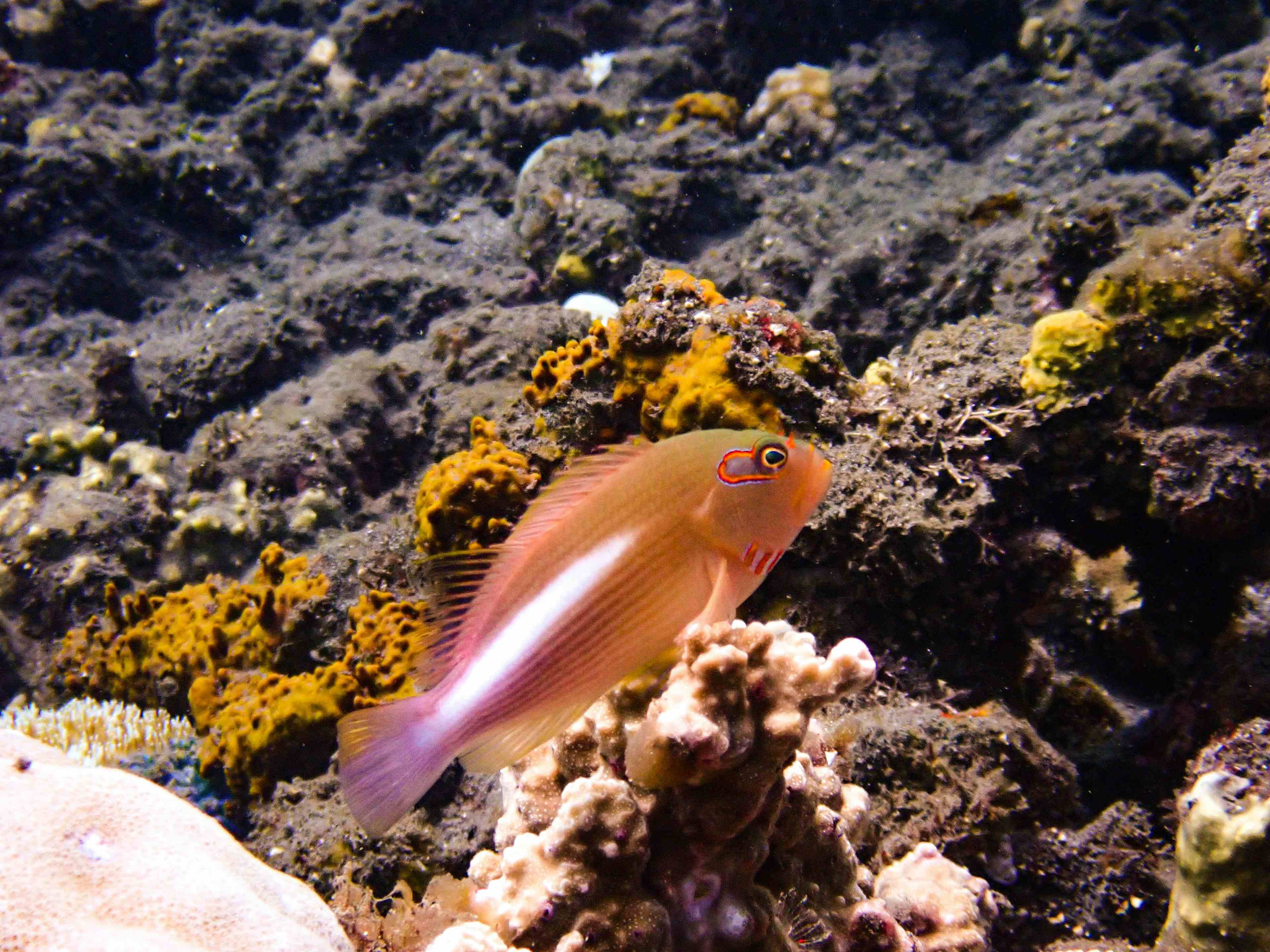Marine Aquarium Project Indonesia (MAPI)
The Marine Aquarium Project Indonesia (MAPI) is a collaborative effort that involves fishers, suppliers, and exporters along the supply chains. It seeks to support concerned stakeholders to advocate for, and use their influence to improve practices and management to combat Illegal, Unreported and Unregulated (IUU) fishing and other unsustainable practices in the marine aquarium industry.
For the purposes of this project, 4 criteria, consisting of 17 indicators, have been developed for the industry to promote responsible and sustainable marine aquarium fisheries practices in Indonesia.
Exporters, suppliers, and fishers’ groups are invited to participate in this project, where a dedicated profile will be developed on an online platform. LINI will manage this platform, and be responsible for the data verification process.
